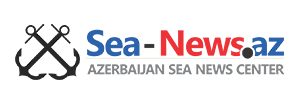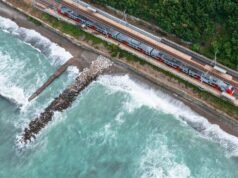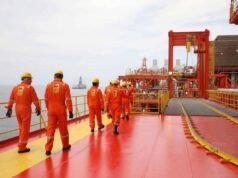Trend:Raw materials still share the dominant part of Iran’s non-oil export basket, the latest report of Iran Custom Administration, which covers a period from March 20 to July 21, indicates.
Gas condensates, propane, butane and some other raw petroleum products – which Iran puts in the non-oil exports basket- made the country’s top exported goods during the 4-month period.
It is also notable that the exports from the petrochemical, and industry, the two key sectors in the economy show a decline of 3.7 and 17.7 percent in value during this period compared with the similar period a year earlier whilst the mining sector and traditional commodities (carpets and traditional craft) show increases in the value of 36.7 and 6.6 percent.
“Should the industry and petrochemical products do not recover a positive growth rate in their export earnings, then the trend could suggest a return to the export of unprocessed material and traditional products in the economy,” Mehrdad Emadi, a consultant at the UK-based Betamatrix International Consultancy, told Trend commenting on the issue.
“This re-focus on the export of semi—processed goods directly counters the objectives of the current government’s economic policy toward the creation of a more diverse and globally competitive economy as well as it is incongruent with the objectives set out in the brief that Supreme Leader Ali Khamenei provided the road map for improving the resilience of the economy against future shocks and restrictions,” Emadi said.
However, it is early to consider the data as part of a trend and it could well be a short-term dynamics that will prove to be part of the structural adjustment as well as regional change in the direction of Iranian exports, he added.
Emadi further said that at the same time, the dynamics of export data are not encouraging for Iran’s manufacturing sector.
“It may be worth mentioning that even with the decline in the value of exports, data on the metal-based semi-processed exports suggest a robust increase which is encouraging for the firms in this sector.”
The expert also underlined that the unit cost of export shows a rise in earning of 2.3 percent whilst the metric for imports show a rise of 9 percent.
“Terms of trade in Iranian foreign trade show deterioration. One explanation may be that the country imports higher quality products which have a higher value. But the objective should be achieving a sharper rise in the unit value, indicating that the country is exporting products with higher added-value,” Emadi explained.
The expert also touched upon the issue of Iran’s negative trade balance during the last four months, which has raised certain concerns in the country.
While responding to the question of whether the Iranian policy-makers should be worried about the trade deficit, Emadi said that “from a policy-makers’ point of view my cautious answer is, not yet.”
“Repressed demand for foreign, especially Western goods was always going to show its effects and translate into more purchase of such goods. Also the adjustment period from an economy under sanctions and controlled by oligarchs in its foreign trade to a more dynamic and competitive economy was never going to be easy or quick,” he said.
But the metrics available on trade and investment point to the right direction, Emadi said, adding that Iran is importing more capital goods.
He further said that there are more joint venture agreements each quarter most of which actually have export clauses which require enhanced competitive to facilitate exporting more from Iranian plants.
The key infrastructure projects in Iran are almost all tailored to facilitate trade with outside world at lower cost and more efficiently especially to facilitate exports, according to Emadi.
“And there has emerged an acceptance inside the policy-circle, be it not yet widely supported, that the path toward sustainable growth and rapid catch up goes through redirecting the economy toward becoming a major exporter in selected industries,” he said underling that the path is neither straight nor easy as it was not easy for India, Vietnam, China, Republic of Korea, Mexico and Brazil.
Emadi noted that domestic opponents and those outside the country who wish to see Iran as a weak country hollowed out by cheap imports, suffering from sluggish production, chronic unemployment and falling real wages, have been quite vocal and active in their opposition.
“Yet, I am hopeful that increased awareness of the value and role of good economic governance shall overcome the obstacles,” he said.
A prosperous economy in Iran could act as an engine of growth for the region as well as benefiting the advanced industrial economies of the world to expand their trade links in the region, he said, underlining that “this has the potential for being a win-win outcome.”
© Content from this site must be hyperlinked when used






